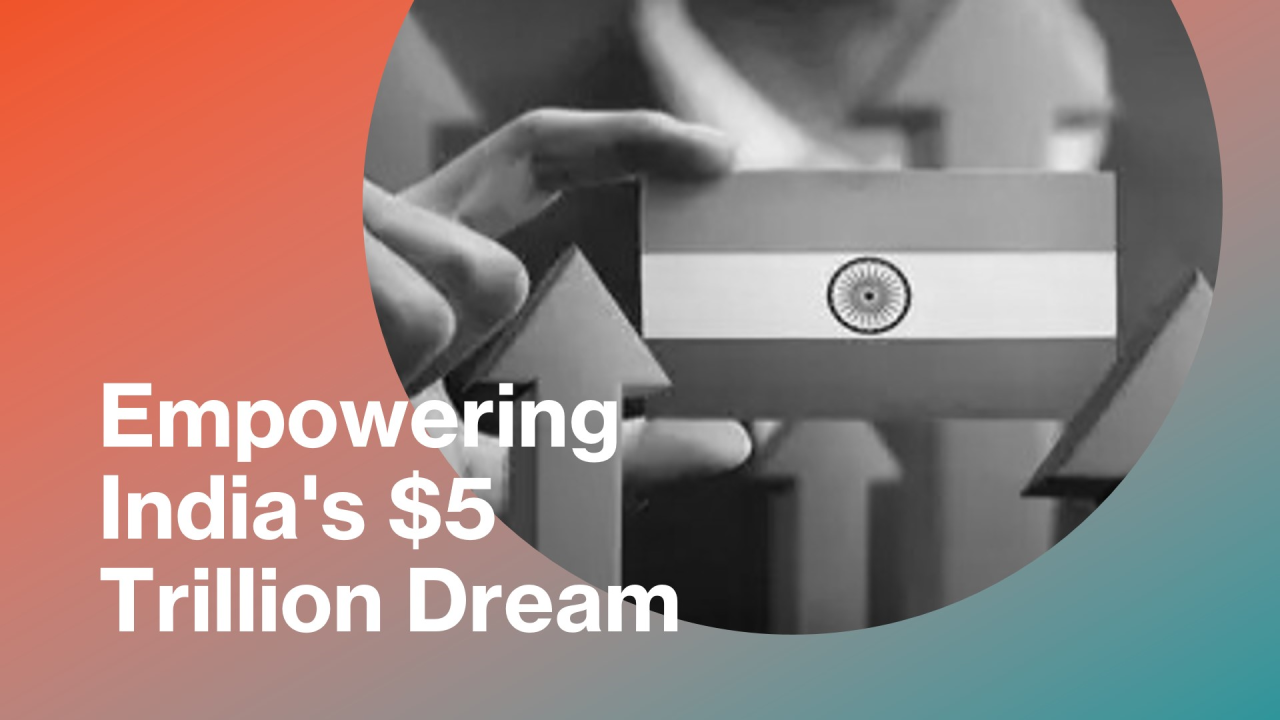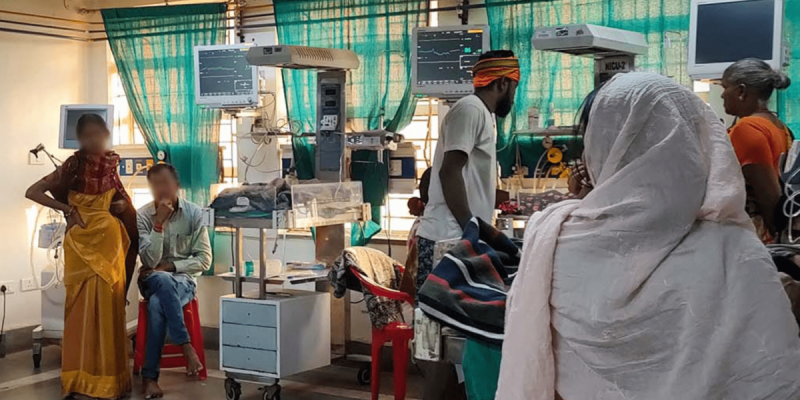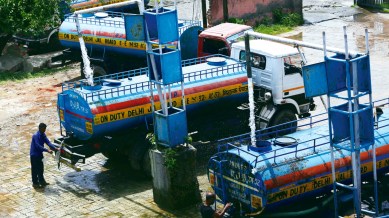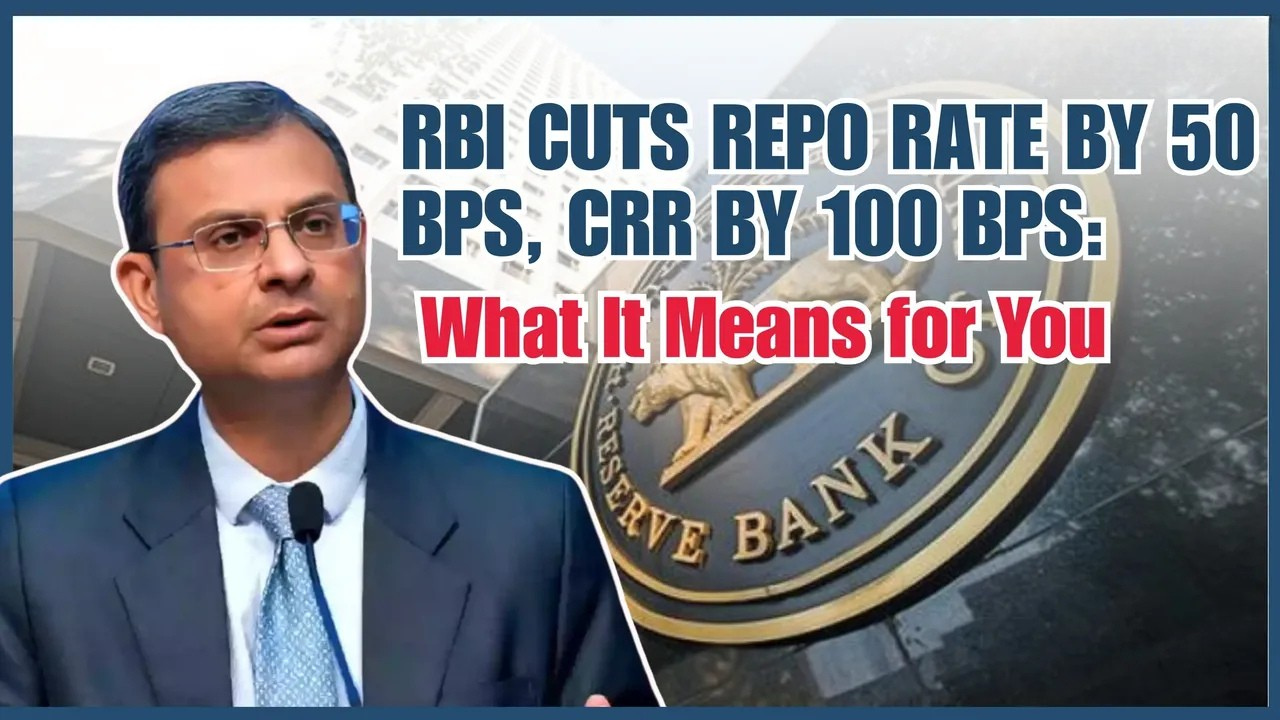- Courses
- GS Full Course 1 Year
- GS Full Course 2 Year
- GS Full Course 3 Year
- GS Full Course Till Selection
- MEP (Mains Enrichment Programme) Data, Facts
- Essay Target – 150+ Marks
- Online Program
- GS Recorded Course
- NCERT- First Ladder
- Polity
- Geography
- Economy
- Ancient, Medieval and Art & Culture AMAC
- Modern India, Post Independence & World History
- Environment
- Governance
- Science & Technology
- International Relations and Internal Security
- Disaster Management
- Ethics
- Current Affairs
- Indian Society and Social Issue
- CSAT
- 5 LAYERED ARJUNA Mentorship
- Public Administration Optional
- ABOUT US
- OUR TOPPERS
- TEST SERIES
- FREE STUDY MATERIAL
- VIDEOS
- CONTACT US
India’s $5 Trillion Dream: Fueled by Innovation, Driven by Technology
India’s $5 Trillion Dream: Fueled by Innovation, Driven by Technology

Why in the News?
- India is on its way to becoming the world’s fourth-largest economy, after crossing Japan this year (as per IMF data) and reaching the $4 trillion mark.
- For this, India needs to adopt frontier technologies like Artificial Intelligence, Quantum Computing, etc.
|
Frontier Technologies:
IMF – International Monetary Fund:
|
The Journey of Indian Economy:
|
1947 – India gained independence |
|
|
Post-Independence – Soviet Style Central Planning |
|
|
1991: New Economic Policy |
|
|
2015-2025 |
|
|
Key Terms:
|
|
Historical Background of $5 trillion Economy Goal:
Sector-Wise Impact of a $5 Trillion Economy:
|
Growth v/s Per Capita Income:
- Some people argue that despite the current growth of India as a $4 trillion economy, the per capita income remains low.
- No country’s growth can be measured in per capita income alone. The US, being the world’s largest economy, ranks 7th in per capita income, and China, being the 2nd largest economy, ranks 69th in per capita income.
- The per capita income depends on population and India being the world’s most populous country, its per capita is bound to remain low.
- Even if India becomes the world's largest economy with $30 trillion, it will still rank 55th in per capita.
- The only merit of measuring per capita is to provide better living standards to all its citizens.
- As per the Economic Survey, the Monthly Per Capita Expenditure (MPCE) in India increased by more than 2.5 times in the last 10 years (most expenditure on travel, health and education – healthy growth parameters).
- Tourism has increased in India by 30% (2024 data).
- All this indicated healthy economic growth, which led to the near eradication of baseline poverty and the creation of a strong middle class with disposable income.
|
Per Capita Income:
Monthly Per Capita Expenditure:
Baseline Poverty:
Disposable Income:
|
Technology and Path Ahead:
- Historical Shifts in Global Economic Power
- During the First Industrial Revolution, countries like England and America emerged as leading global economic powers.
- With the rise of automation and digitisation, China took the lead and became the second-largest economy in the world.
- India’s Missed Opportunities and Partial Gains
- India missed the first two industrial revolutions, largely due to colonial rule.
- It gained partial benefits from the Third Industrial Revolution (digital revolution), especially in IT services and digital infrastructure.
- The Fourth Industrial Revolution: A New Opportunity
- The ongoing Fourth Industrial Revolution, driven by frontier technologies like AI, robotics, quantum computing, and biotechnology, offers a new window of opportunity.
- This revolution requires new thinking, fresh priorities, and bold investments to stay globally competitive.
- By actively embracing and investing in frontier technologies, India can aim to become a $10 trillion economy by 2035.
- What Needs to Be Done: Strategic Focus Areas
- Stronger focus on Deep Tech Research and Development to build indigenous capabilities.
- Smooth and easy access to funding for startups and companies working in frontier technologies, including AI, clean tech, biotech, and advanced manufacturing.
|
Industrial Revolutions:
|
Challenges and Way forward:
|
Challenges |
Way Forward |
|
Low investment in research and innovation |
Increase funding for research, especially in deep technologies, and encourage innovation |
|
Skill gap for future jobs |
Teach skills like AI, robotics, and green energy |
|
Weak factories and industries |
Support manufacturing and small businesses via schemes |
|
Poor infrastructure |
Improve transport, digital infrastructure and power infrastructure |
|
Unequal regional growth |
Invest in backward areas for balanced and inclusive development |
|
Ensure IAS Mains Question Q. India’s aspiration to become a $5 trillion economy requires more than just GDP growth; it demands structural transformation through technology and innovation. Critically examine in light of recent economic trends and government initiatives. (250 Words) |
|
Ensure IAS Prelims Question: Q. In the context of economic growth, which of the following best describes the term “frontier technologies”, often mentioned as key to India’s $5 trillion economy goal?
Answer: c Explanation:
|



